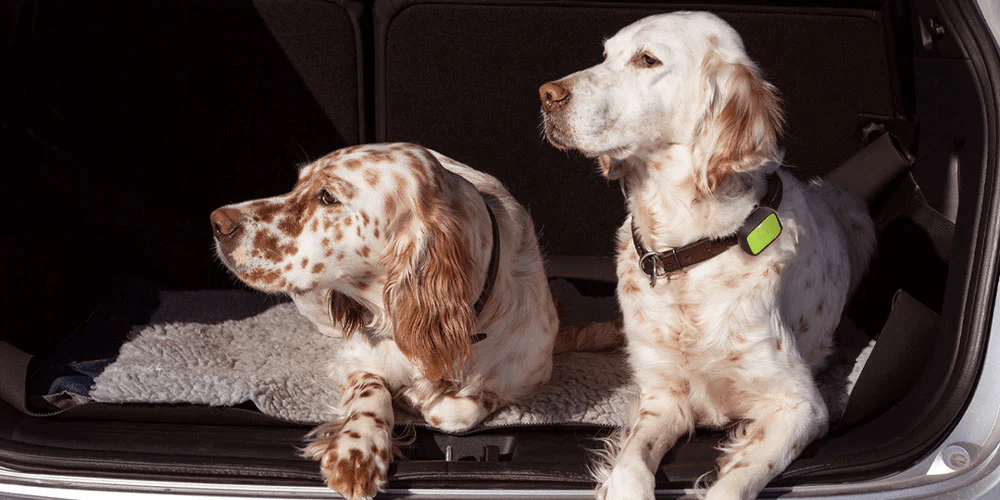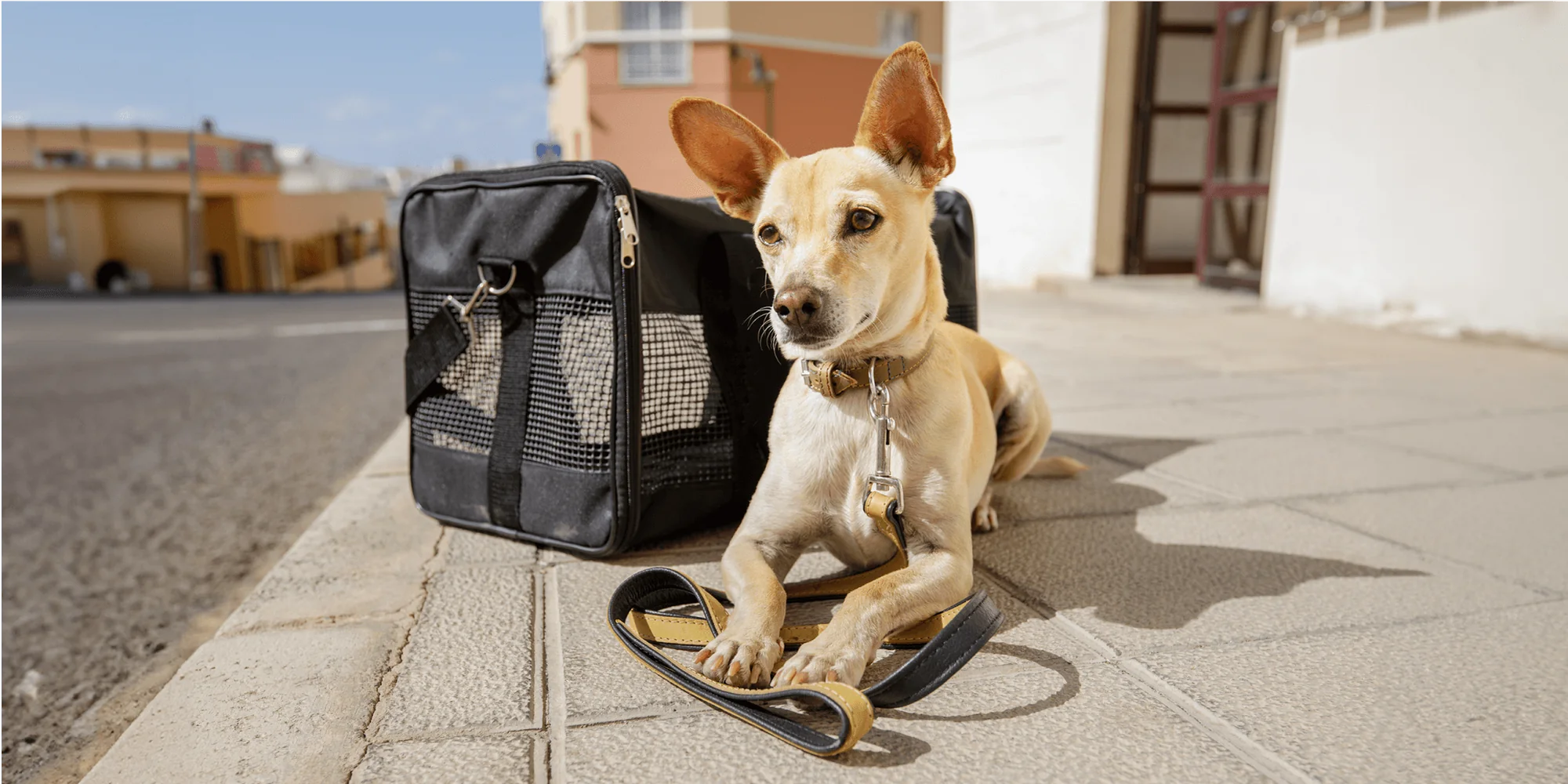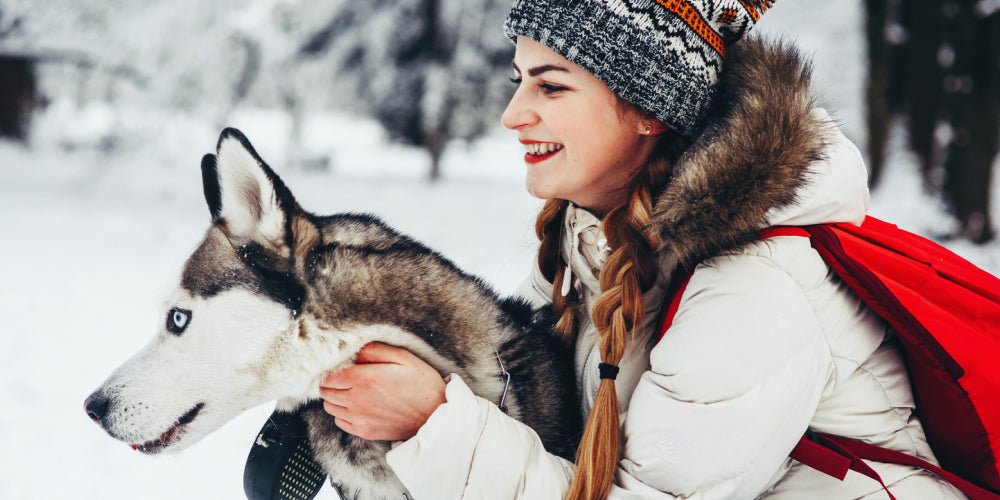5 tips for pet safety during a natural disaster

Our Whistle team is based in Northern California, so we’re all too aware of the impact of seasonal fires – and that time of year is here. After a summer of no rain, and dry brush put us at high risk for wildfires. Meanwhile, our friends on the east coast are in the midst of hurricane season. Now is the time to stop and consider an emergency plan for your family (which includes our pets!) in case of fire, flood, or any natural disaster.
To help you best form your emergency plan, keep these top 5 pet safety tips in mind:
- Stock pet supplies in your emergency kit. Store a week’s supply of food and water, including bowls and a can opener if needed. Pack a leash and/or a crate, a collar with identification tags, vaccine records, and all necessary medications in your emergency kit. Be sure to include prescriptions in case you need to refill any meds before you can get back home.
- Track your pet’s whereabouts with a GPS pet tracker. In the excitement and chaos of a natural disaster, any pet is liable to run off and hide. With the ability to track and locate them quickly, you will save valuable time and energy, not to mention a ton of heartache. Keep in mind that if local cell towers are damaged you may not get full coverage, so try to always keep your pet close.
- Microchip your pet. A microchip provides all your pet’s essential information. Make sure you keep it up to date. Every time you move or your phone number changes, alert the company so they can always reach you. If your pet is ever lost, then found by someone else and brought to a shelter, the shelter will read the chip and get in touch with you. (On other occasions, your pet may not be brought to a shelter, which is why a GPS pet tracker is essential – so you’re always in the know.)
- Monitor your pet’s activity for unusual behaviors. Pets can’t speak, but unexpected behavior can be a sign that something is off. If the air quality is too poor during wildfire season, your pet’s sleep and activity level may be impacted. As the barometric pressure changes with stormy weather, pets are known to get more anxious. Some tracking devices, like the Whistle GO Explore, also monitor your pet’s activity and behavior, learning what’s “normal” so it can alert you when something changes.
- Select a pet-friendly safe place to stay, if needed. In case of evacuation, make sure your alternative housing will accommodate your pet. This may sound like a no-brainer, but in the heat of the moment it may be harder than you think to find a place that’s pet-friendly. Make a list of friends or family that would take in you and your pets, as well as pet-welcoming hotels within a 100-mile radius, just in case you need to be out of your home for a few days.
We’re looking at a couple more months of wildfire season here on the west coast. Through the end of November, the east coast will brave hurricane season. Wherever you are, be safe and be prepared. Emergency situations are a lot calmer when a plan is already in place.









